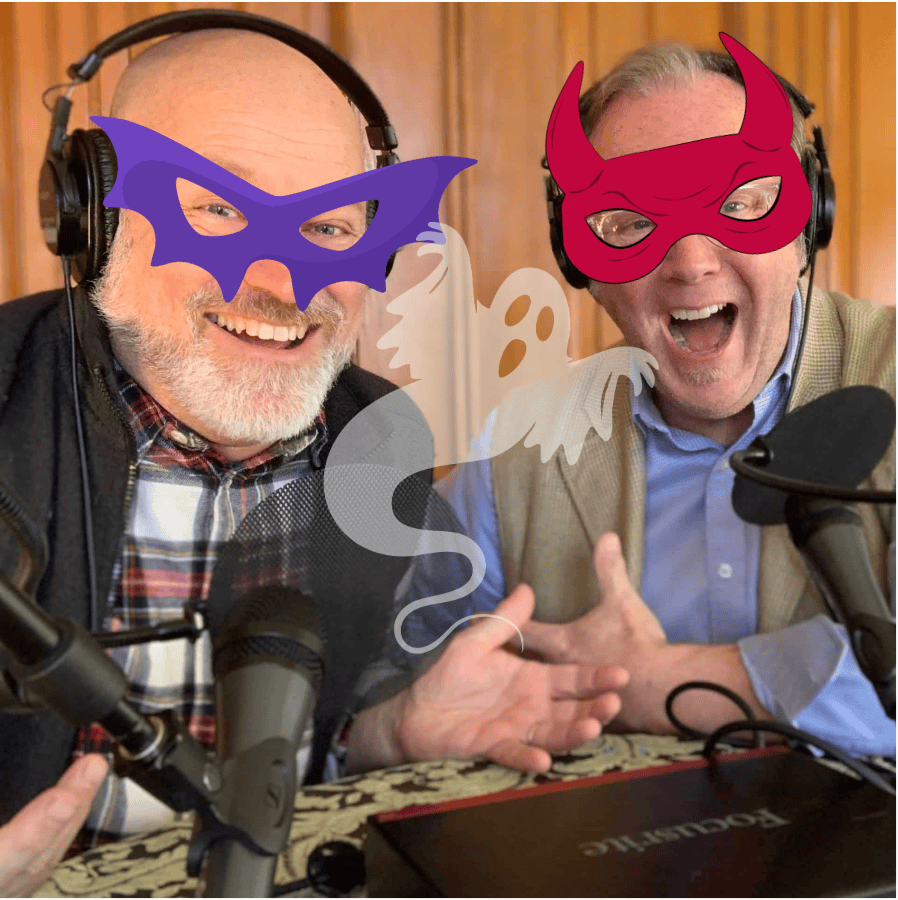The Science of Superstition: Why Our Brains Believe in Magic
Halloween might be filled with ghosts, ghouls, and eerie coincidences, but our fascination with superstition goes far beyond one spooky night. In this spooktacular episode, we put on our thinking caps (part of our elaborate Halloween costumes) and explore the psychology behind superstitious thinking: why our brains are wired to believe in luck, omens, and rituals that defy logic.
We dig into the roots of superstition, from our need to make sense of randomness to our deep desire to control an uncontrollable world. Are you like Kurt, who swears by a pair of lucky socks—or do you avoid walking under ladders? These little rituals reveal not only our cognitive limitations but also our adaptive brilliance. We also highlight research from some not-so-mad scientists showing how superstition can both heighten stress and boost performance, especially in high-pressure moments.
And since this is Behavioral Grooves, we couldn’t resist a musical connection. We pay tribute to Stevie Wonder’s “Superstition” and unpack how its lyrics perfectly capture the science behind belief, control, and consequence. Tune in for a mix of fun, science, and spooks as we uncover why, as Stevie says, “superstition ain’t the way.”
Want to watch this episode? Check it out on our YouTube Channel
©2025 Behavioral Grooves
Topics
[0:00] Happy Halloween from Behavioral Grooves!
[2:08] Common superstitions and their rationality
[6:40] Psychological and cultural aspects of superstitions
[9:13] Superstitions: The positives and negatives
[14:36] The hidden wisdom of Stevie Wonder
[16:14] Why we should be curious about our rituals
©2025 Behavioral Grooves
Other Episodes for Grooving
Ep. 486 – Why Do Superstitions Feel So Good?
Ep. 263 – Feeling Fearful: Why People Seek Out Conspiracy Theories | Eric Oliver
Podcast: Play in new window | Download
AIRDATE: October 27, 2025 EPISODE 505
Podcast: Play in new window | Download
The Science of Superstition: Why Our Brains Believe in Magic
Featured Guest












